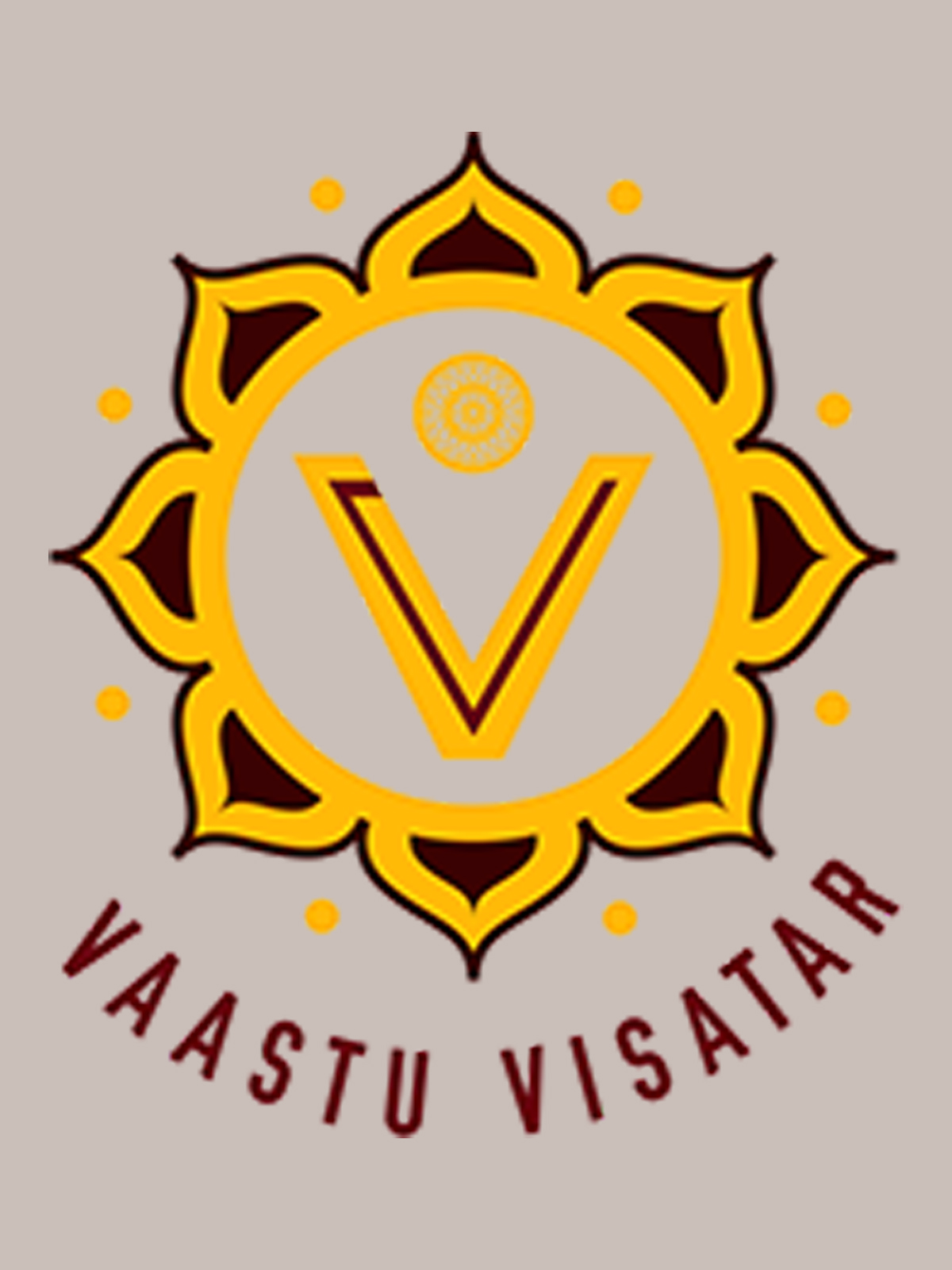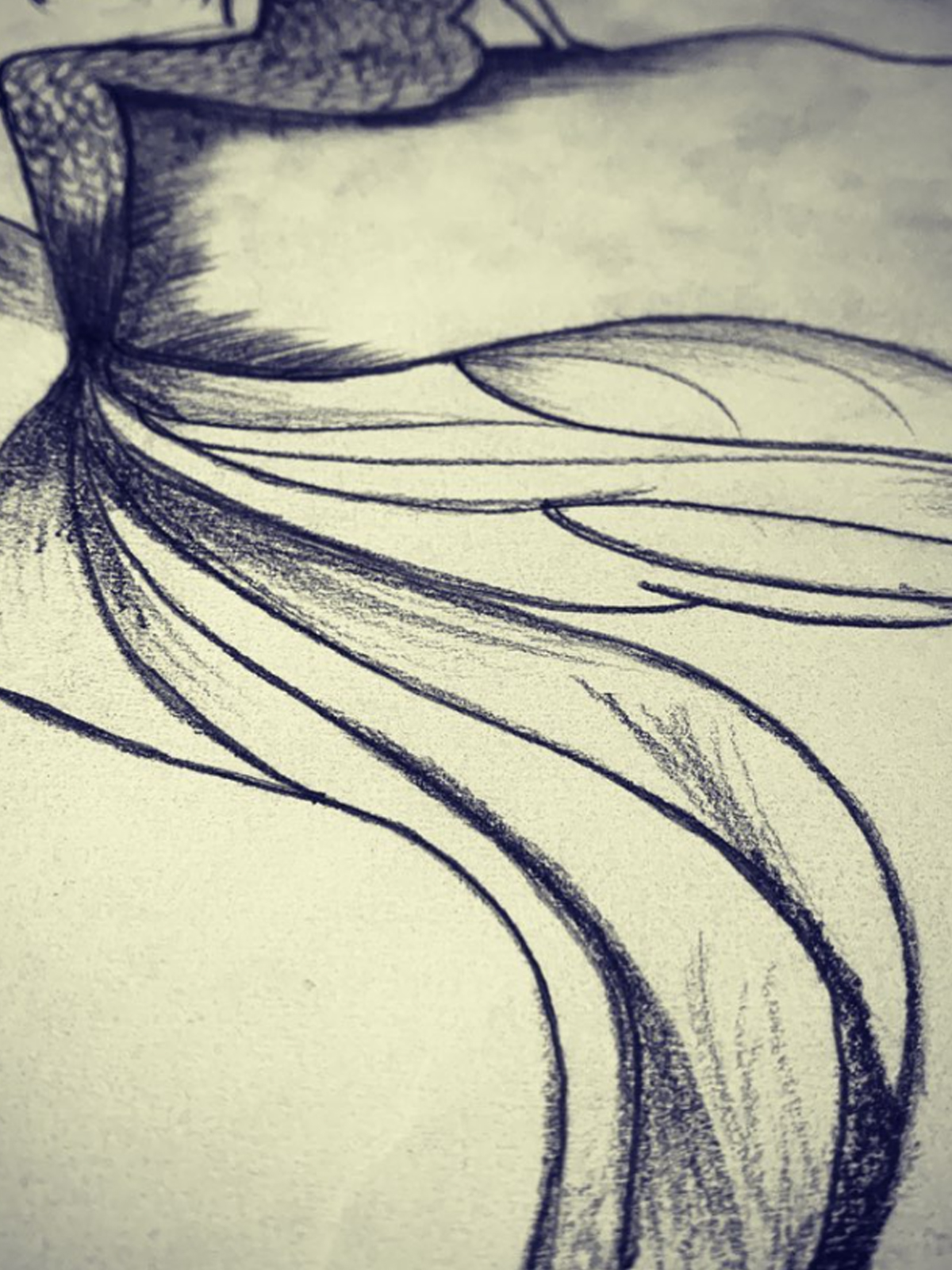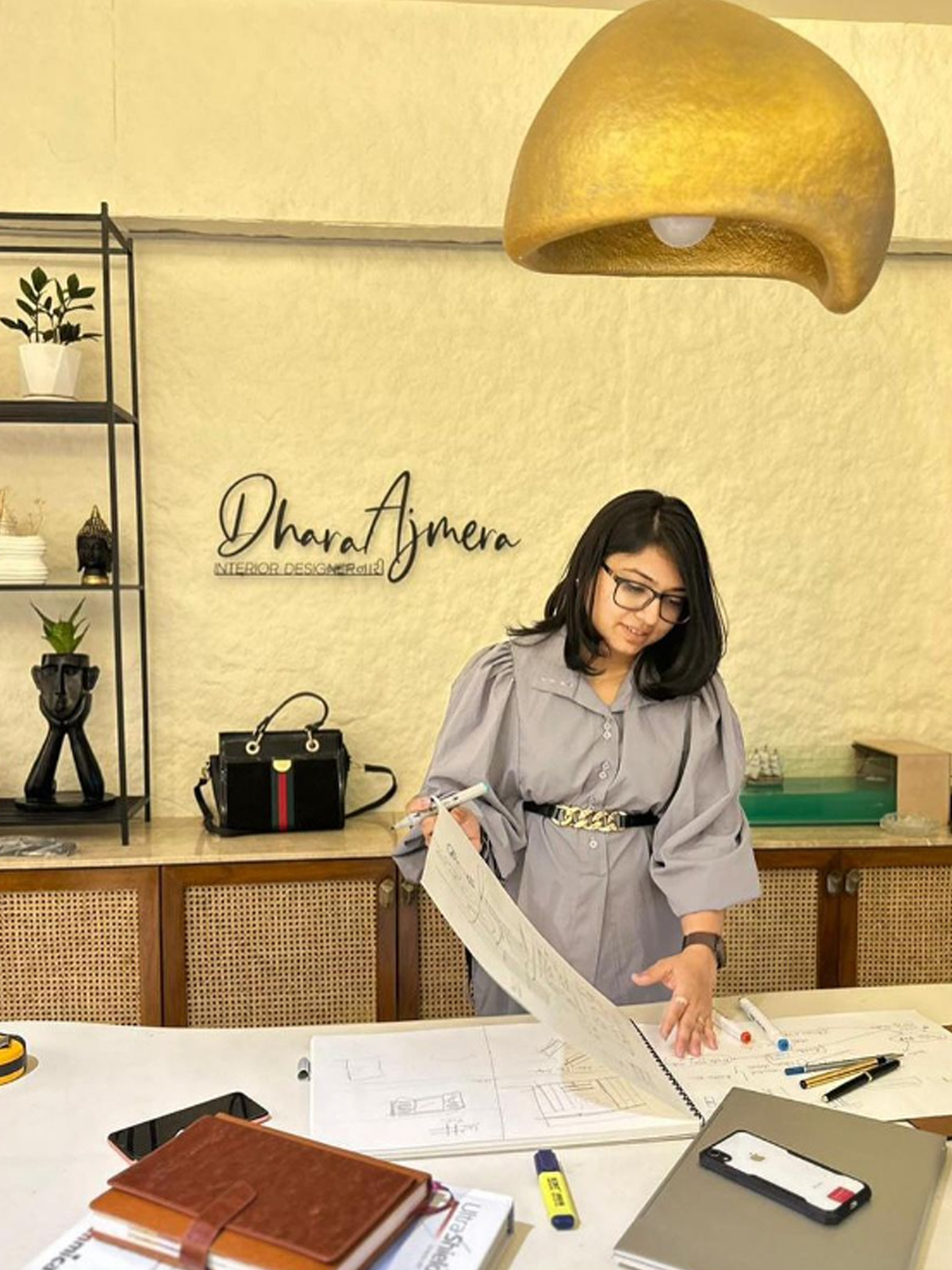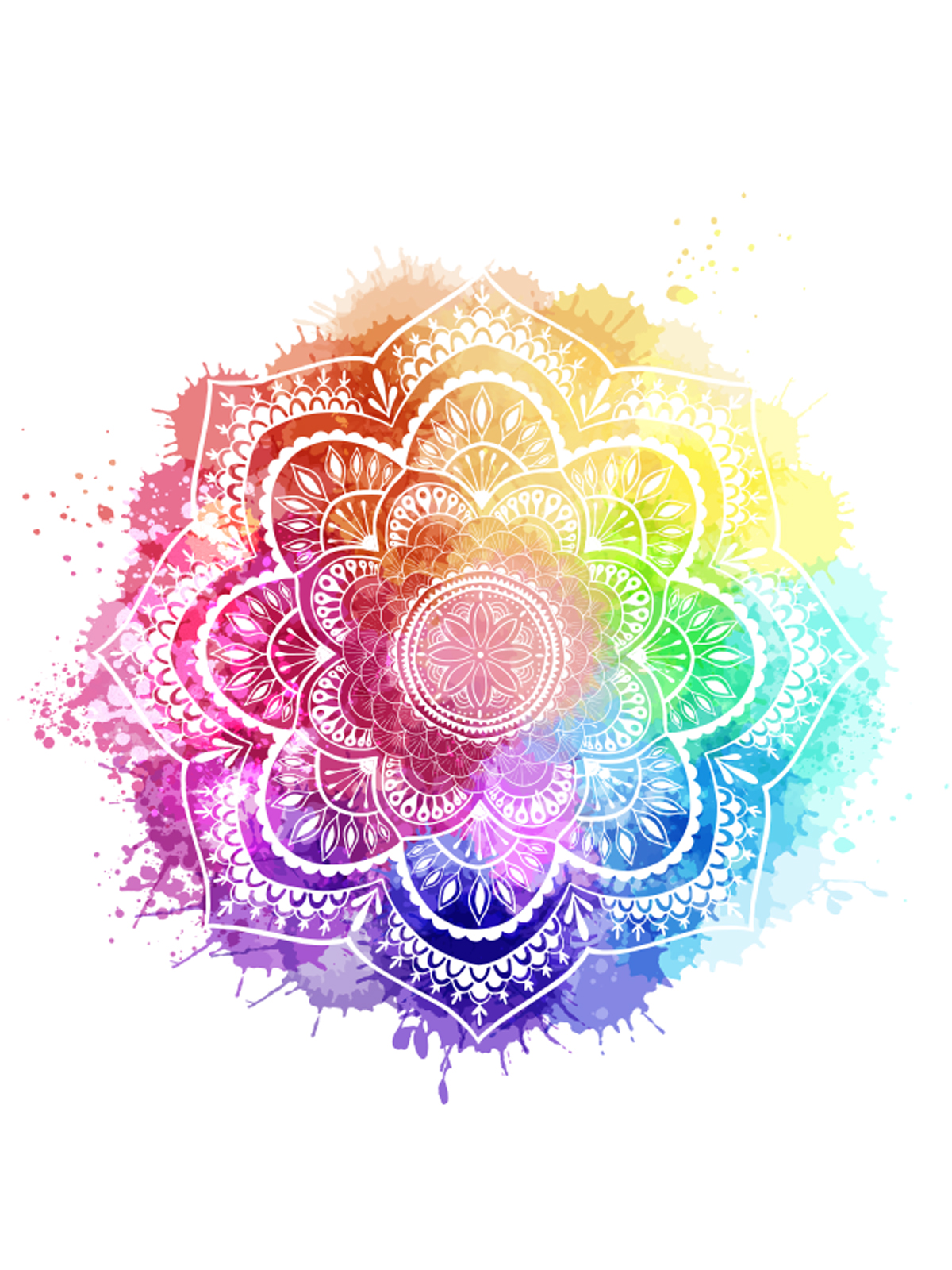Category: Design
Harnessing Harmony: Vastu Shastra's Importance in Interior Design
In the world of interior design, creating spaces that not only look beautiful but also radiate positive energy is a paramount goal. One ancient practice that has stood the test of time in achieving this harmony is Vastu Shastra. Vastu Shastra, an age-old Indian architectural science, offers valuable insights into designing spaces that resonate with positive vibrations and enhance the overall well-being of its occupants. In this blog, we will explore the profound importance of Vastu Shastra in interior design and how it can be integrated into your design projects.
Understanding Vastu Shastra
Vastu Shastra, often referred to as the "science of architecture," is deeply rooted in Indian culture and tradition. It is a comprehensive set of guidelines and principles that govern the layout, design, and spatial arrangement of buildings and interiors. At its core, Vastu Shastra aims to create a harmonious relationship between the structure and its natural surroundings, aligning them with the cosmic energy or 'prana.'
The Five Elements
One of the fundamental concepts in Vastu Shastra is the belief in the five elements – Earth, Water, Fire, Air, and Space. Each element is associated with specific directions, colors, and materials. A skilled interior designer can harness the power of these elements to create a balanced and harmonious atmosphere within a space. For example, the use of earthy colors and materials in the southwest corner can bring stability and grounding energy.
Energy Flow
Vastu Shastra emphasizes the importance of energy flow within a space. The arrangement of furniture and objects should allow for the smooth circulation of energy or 'vastu dosha.' Blocked energy can lead to stagnation and negative effects on the occupants' mental and physical well-being. An interior designer well-versed in Vastu principles can ensure that spaces are optimized for positive energy flow.
The Role of Directions
Directions play a pivotal role in Vastu Shastra. Each direction is associated with specific attributes and energies. For instance, the north is associated with wealth and prosperity, while the east symbolizes new beginnings. By aligning the design and layout of a space with these directional energies, an interior designer can enhance the overall ambiance and purpose of the room.
Balancing Yin and Yang
Incorporating Vastu principles into interior design is about achieving balance – balancing the yin and yang energies. For example, the use of soft, flowing lines and gentle colors can introduce a calming yin energy, while sharp angles and vibrant hues can bring in a yang, more dynamic energy. Achieving this balance is crucial to creating spaces that promote serenity and vitality.
Conclusion
Incorporating Vastu Shastra into interior design is not merely a trend; it's a timeless practice that brings harmony, balance, and positive energy into living spaces. Whether you are designing a home, office, or any other interior, understanding and applying Vastu principles can significantly impact the well-being and happiness of those who inhabit the space.
As an interior designer, considering the ancient wisdom of Vastu Shastra can elevate your projects to a whole new level, where aesthetics meet holistic well-being. By respecting the principles of the five elements, energy flow, directions, and the balance of energies, you can create interiors that not only please the eye but also nourish the soul. In this pursuit of harmony, Vastu Shastra serves as an invaluable guide, enriching your design journey with a deeper connection to the cosmic forces that shape our world.








